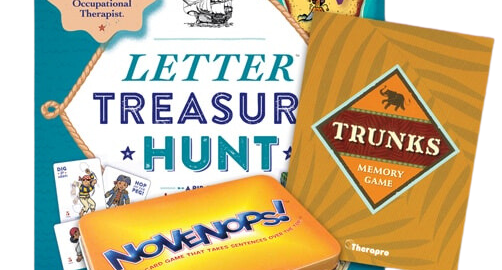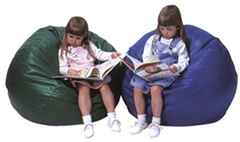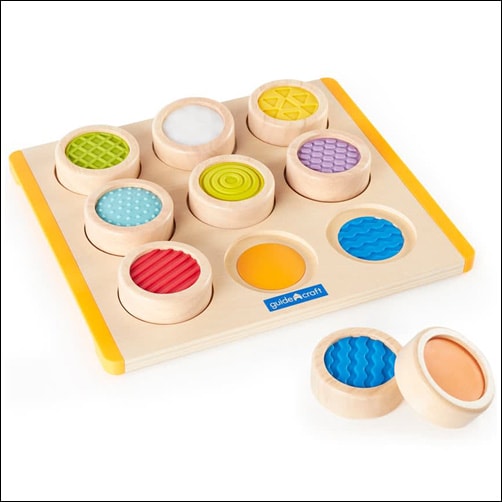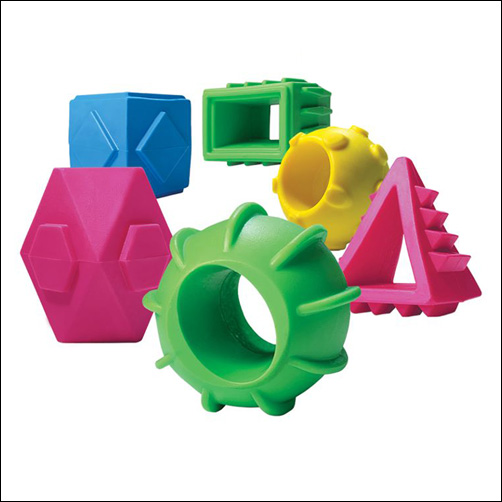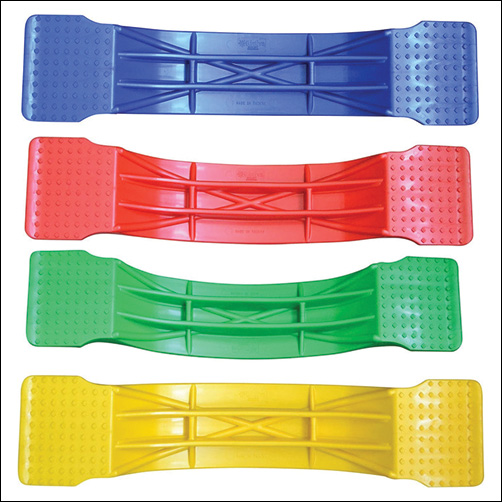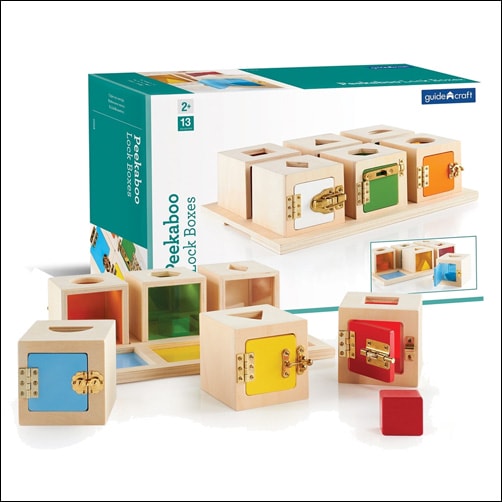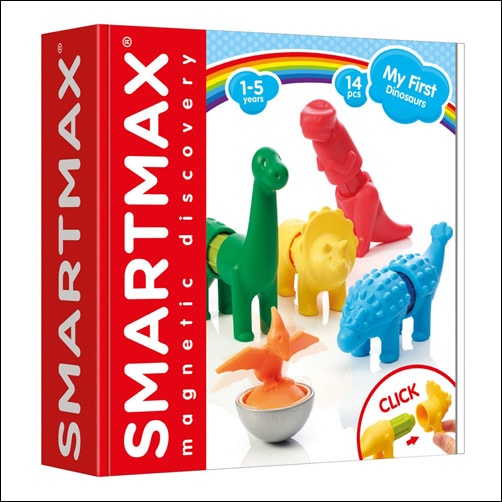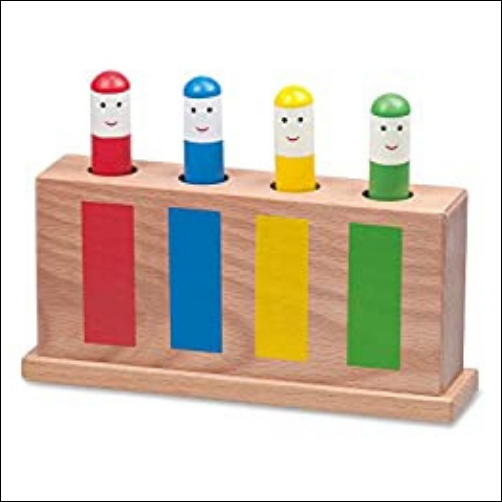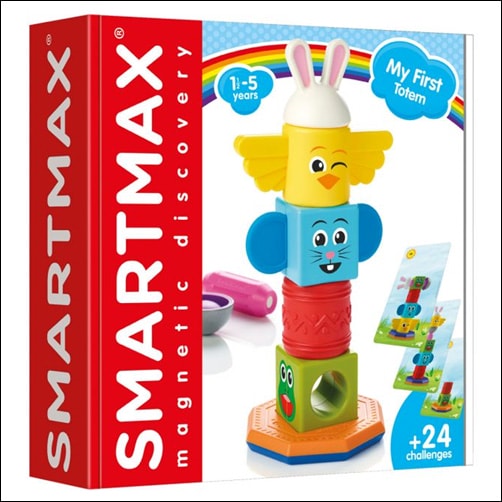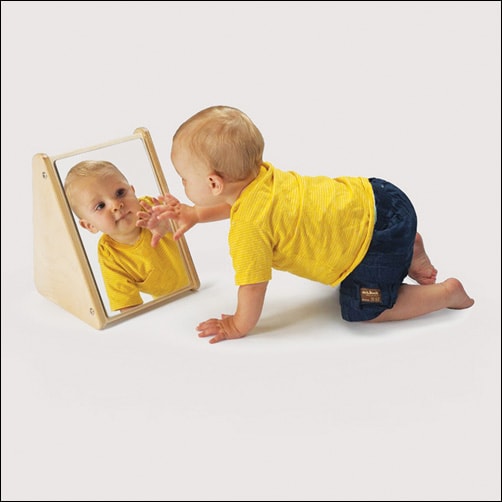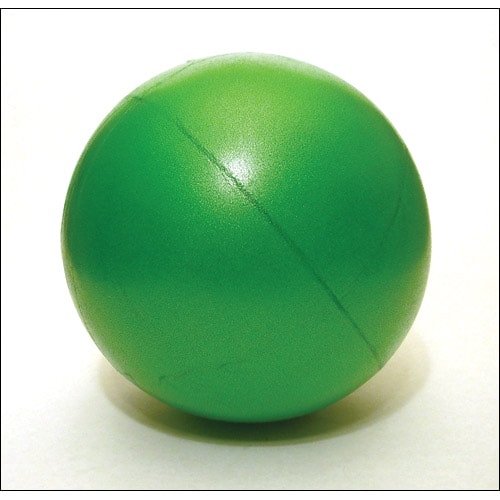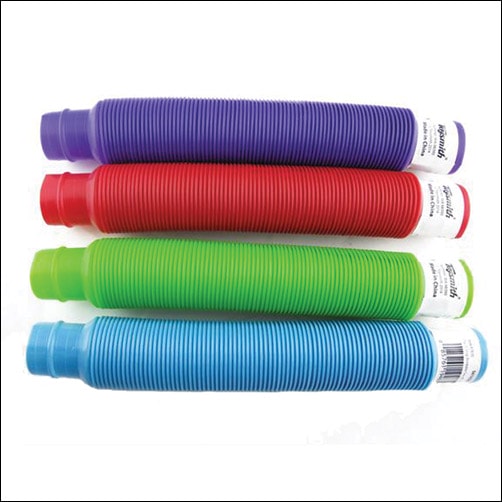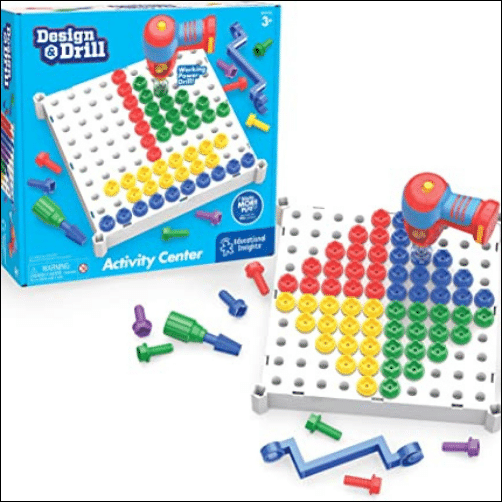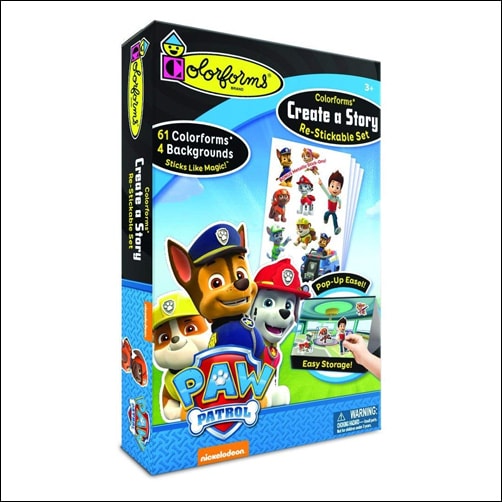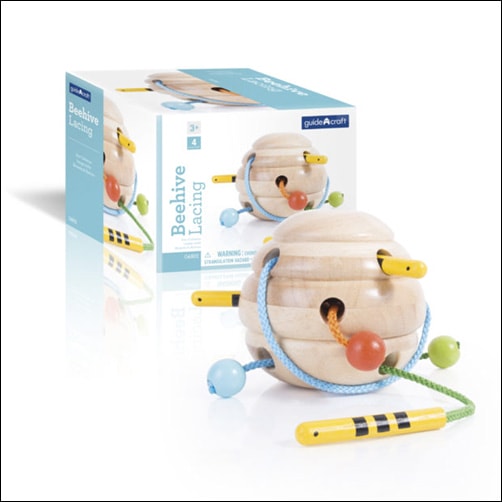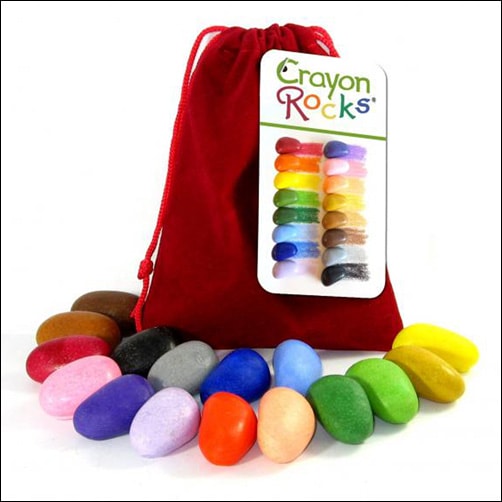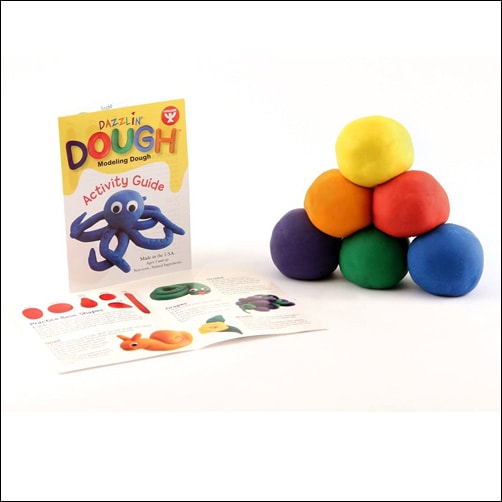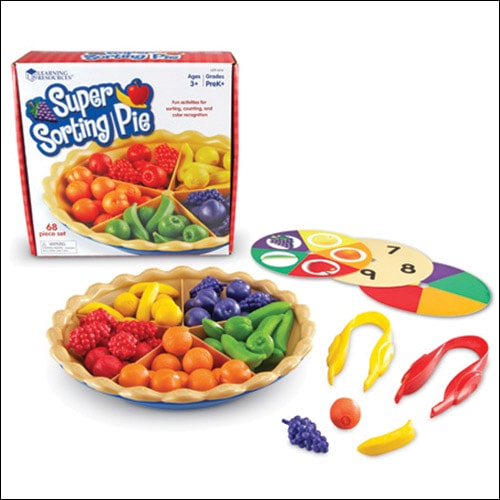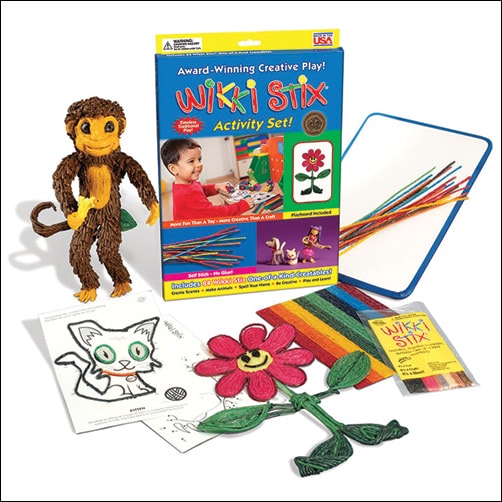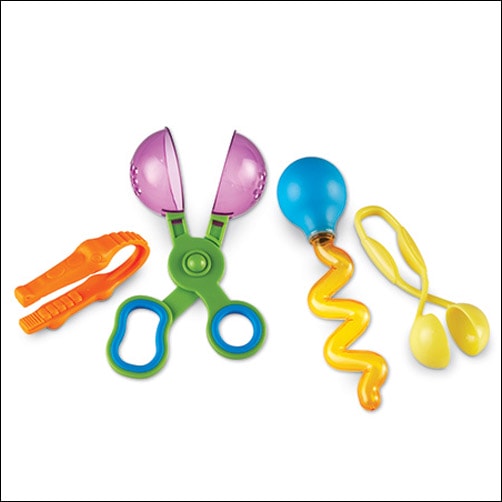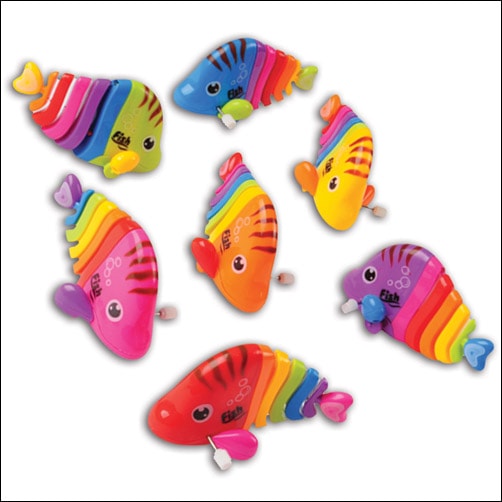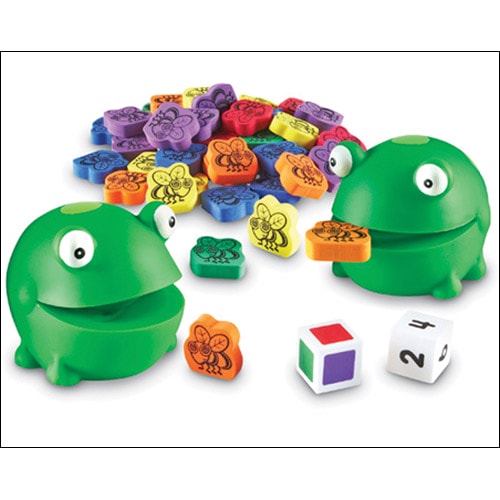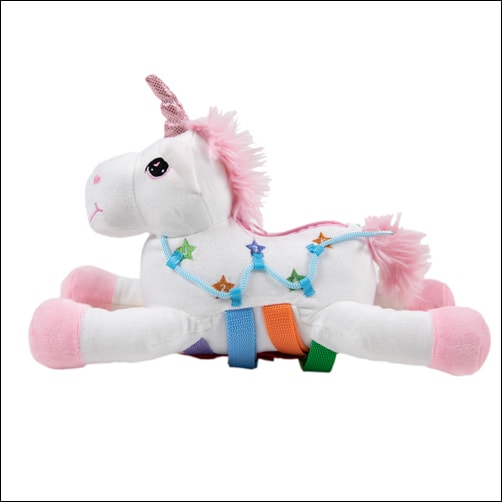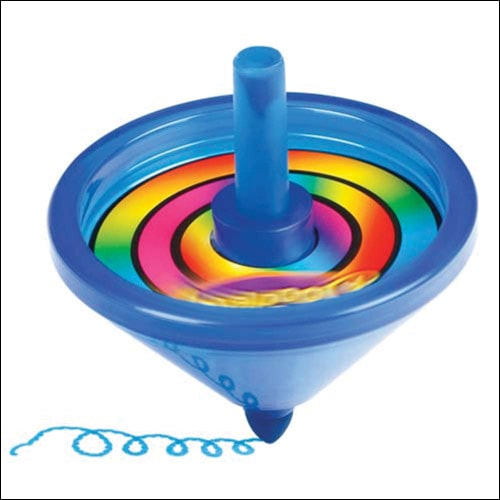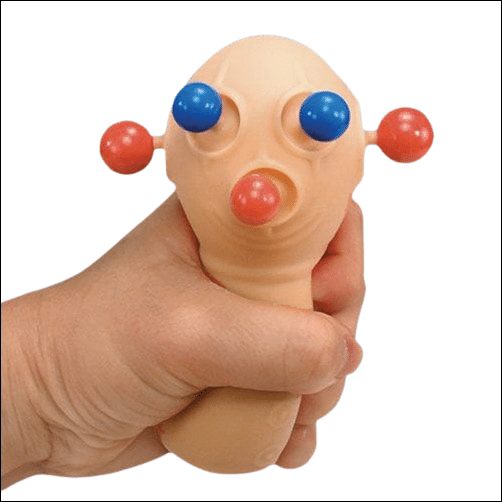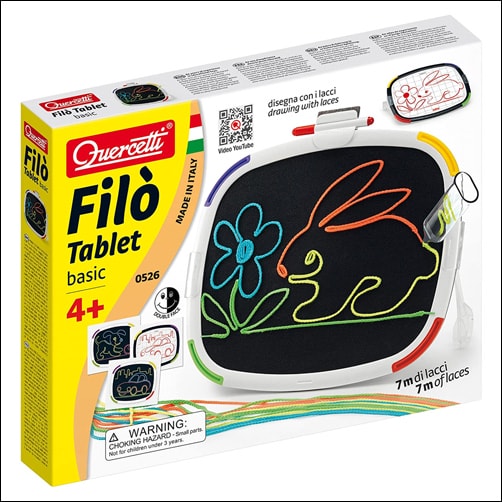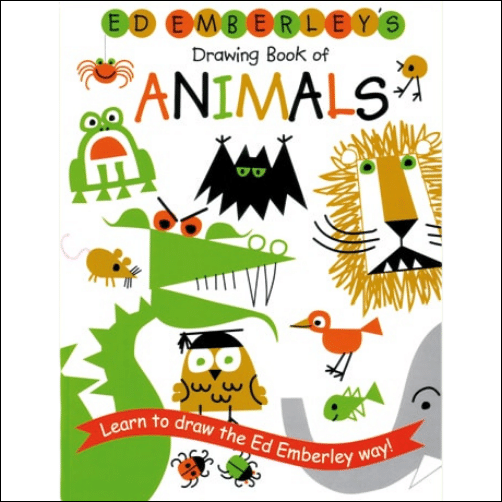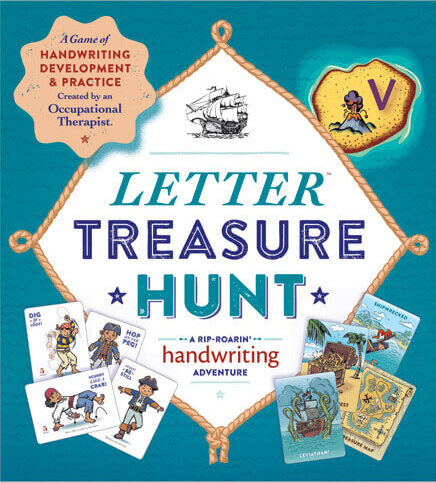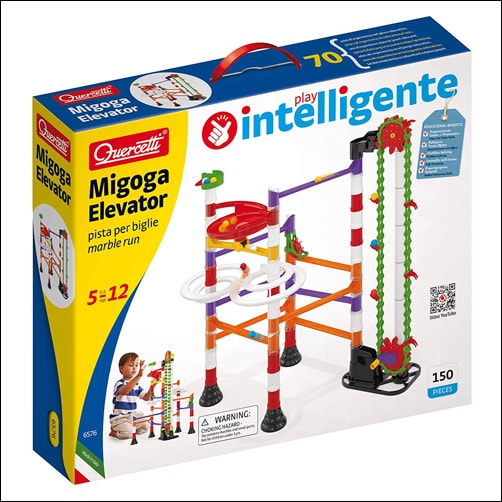In the world of education and therapy, finding engaging and effective tools to boost skills can be a game-changer. Fortunately, Therapro has developed a trio of unique games designed to not only boost skills but to also make learning an exciting adventure. In this blog we are exploring how the games Trunks, Letter Treasure Hunt, and Novenops are helpful tools for boosting skill development.
Trunks: The Game of Motor Memory
“Remember, perform, and succeed!”
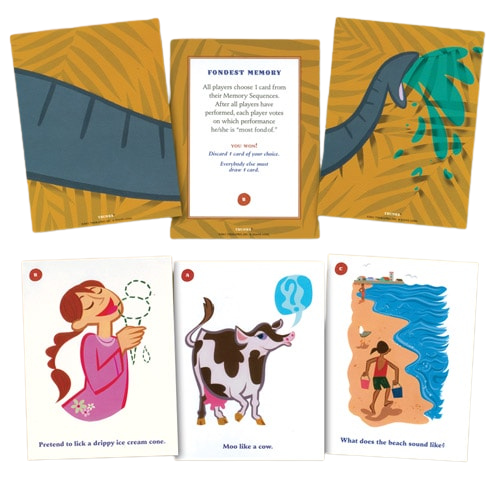
Trunks is the brainchild of an occupational therapist, carefully crafted to promote memory, motor sequencing, and cognitive skills. The concept is simple yet brilliant: players draw a card, study the given action, and then perform it from memory. But here’s the twist – on their next turn, they draw an additional card and must execute both actions in the correct order without peeking.
The real magic lies in the creation of a “trunk,” a series of four cards that, when combined, forms an elephant’s trunk. Through this engaging game, players not only sharpen their memory and sequencing abilities but also enhance their attention to detail and focus. Trunks is an excellent therapeutic tool for those seeking to strengthen cognitive and motor skills in a fun and interactive way.
Watch the short video below for a review of Trunks by physical therapist, Laurie Gombash!
Letter Treasure Hunt: A Multisensory Learning Adventure
“Learning to write, one treasure at a time.”
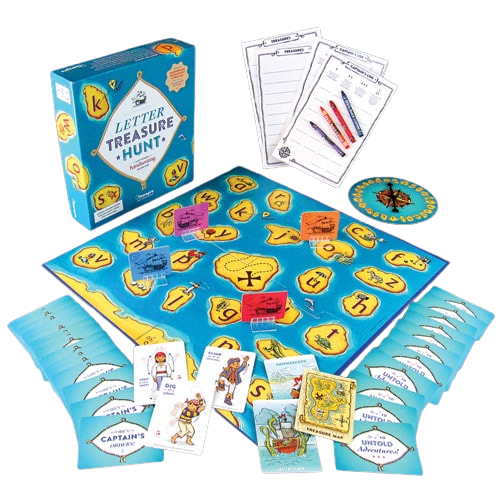
Letter Treasure Hunt is a game that seamlessly blends handwriting skills, gross motor challenges, and language development. It’s an exciting adventure where children explore the world of letters while engaging in activities that improve their handwriting and motor coordination.
In this game, kids embark on a quest to discover hidden treasures, all while completing ‘captain’s orders’, fun gross motor tasks that challenge balance, coordination and strength. This dynamic blend of gross motor challenges not only keeps children active but also enhances their physical development. Moreover, the game fosters language skills by encouraging communication among players.
Letter Treasure Hunt is the perfect example of how education can be both fun and effective, making it an excellent choice for parents, teachers, and therapists looking to boost various skills in an engaging manner.
Watch the short video below for a review of Letter Treasure Hunt by physical therapist, Laurie Gombash!
Novenops: Mastering Grammar through Play
“Grammar made fun, one card at a time.”
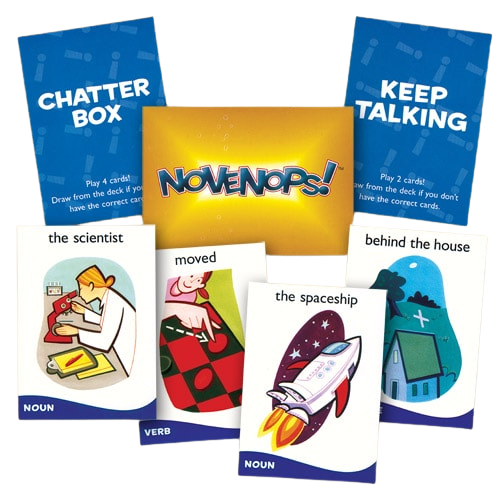
Novenops is a game that focuses on enhancing the player’s understanding of the basic elements of grammar. With 60 carefully designed cards, this game creates a captivating learning experience that continuously reinforces sentence structure concepts. As players progress, their word familiarity improves, subsequently boosting their reading and writing skills.
The beauty of Novenops lies in its ability to turn grammar lessons into an enjoyable activity. By gamifying language learning, it removes the traditional barriers associated with grammar education and replaces them with excitement and engagement. It’s an ideal tool for educators and parents who want to transform grammar from a chore into a rewarding adventure.
Watch the short video below for a review of Novenops by physical therapist, Laurie Gombash!
Therapro’s games— Trunks, Letter Treasure Hunt, and Novenops —are shining examples of how education and therapy can be both effective and enjoyable. These games are not only designed to boost skills but also make the learning process a memorable and fun experience. Whether you’re a therapist, educator, or parent, consider incorporating these games into your toolkit to unlock the full potential of skill development. With Therapro, learning is an adventure waiting to be discovered!

